Fall is the perfect time to schedule landscaping services to prepare your yard for the winter ahead. As the weather cools, plants absorb moisture and nutrients for their dormant months, making it an ideal time to prune or mulch. It is also a good time to plant or transplant perennials so they have time to establish themselves before the temperatures drop. Taking care of your yard now will have a huge impact on how it looks in the spring.
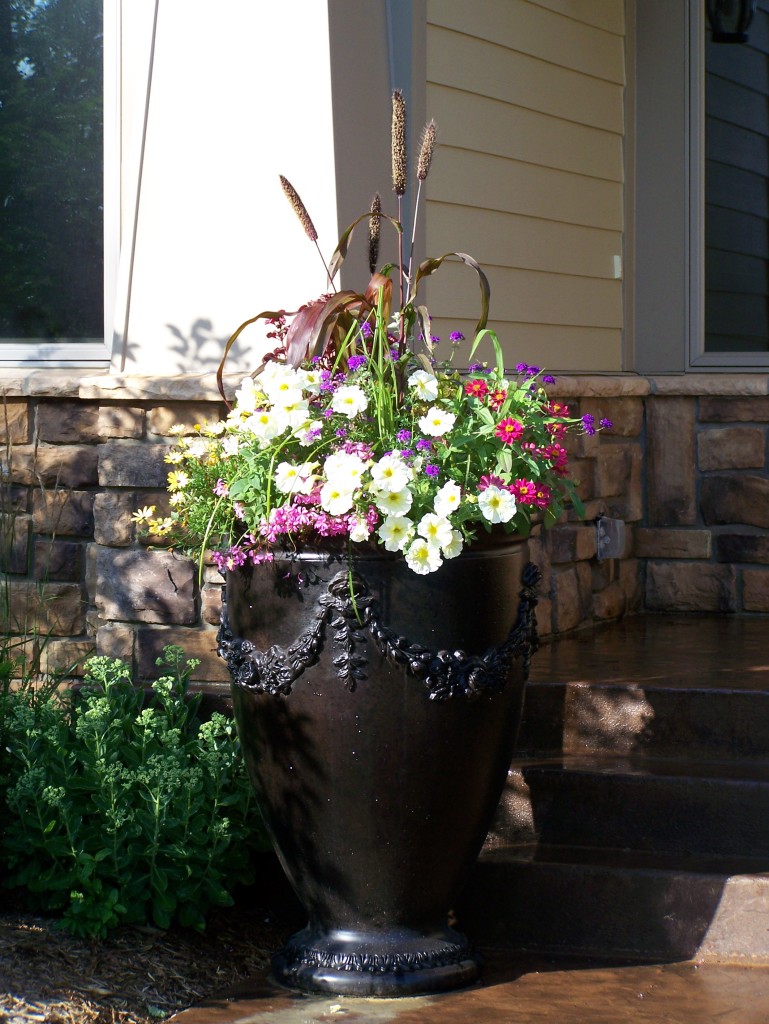
We’ve put together a list of our top fall landscaping tips to get you thinking about how your yard could benefit from a little love this fall.
Water! Water! Water!
Watering isn’t just for spring or summer. Plants need extra water in the fall to make sure they are healthy and able to withstand the freezing temperatures of winter. Hydrating plants fully before freezing helps prevent “winter burn” and helps make sure they will make it to spring healthy and thriving.
Wrap trees
Wrapping trees, especially young trees, with burlap will prevent sunburn and prevent rabbits and deer from eating branches. Wrap deciduous tree trunks with cardboard tree wrap or cover with corrugated trunk protectors to prevent damage.
Plant
Fall is one of the best times of year to plant and transplant perennial plants. Spring bulbs like tulips, daffodils, and crocuses should all be planted in the fall if they are going to make an early spring appearance. The best planting for other plants can be more flexible, but fall is still a great time of year to add landscaping trees and bushes.
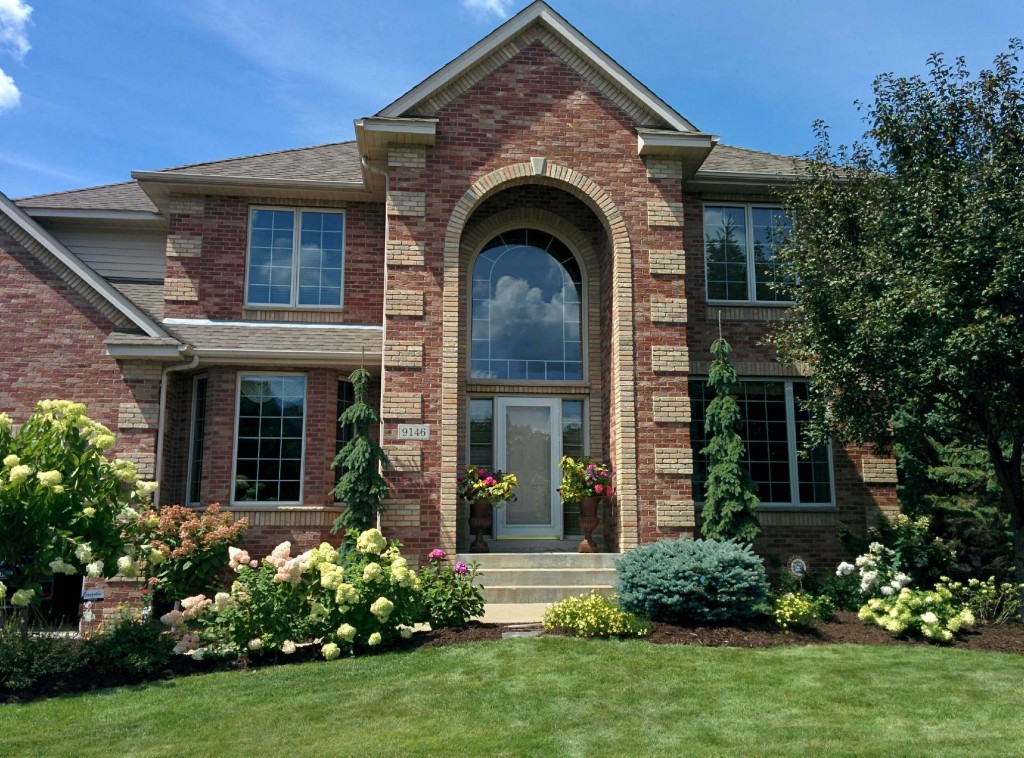
Prune and tidy trees
Many trees and shrubs need a heavy pruning before winter starts. Some plants need help to prevent damage during harsh freezes. Other plants just need their size controlled for the next growing season. Removal dead perennial branches. Keep in mind that there are some flowering plants like hydrangeas, lilacs, and viburnum that shouldn’t be pruned during this time of year. Spring blooms could be affected if branches are cut in the fall.
Fix troubled lawn spots
Fall is the ideal time to improve thin or bald lawn spots. Use a mixture of mulch, grass seed, and fertilizer and spread a thick layer in areas of your grass that seem to need some help. Water the area thoroughly and you should see a difference by the spring. You can also overseed, or plant directly into existing grass to improve the density and color of your lawn in the spring. It is often recommended that overseeding be done in conjunction with soil aeration.
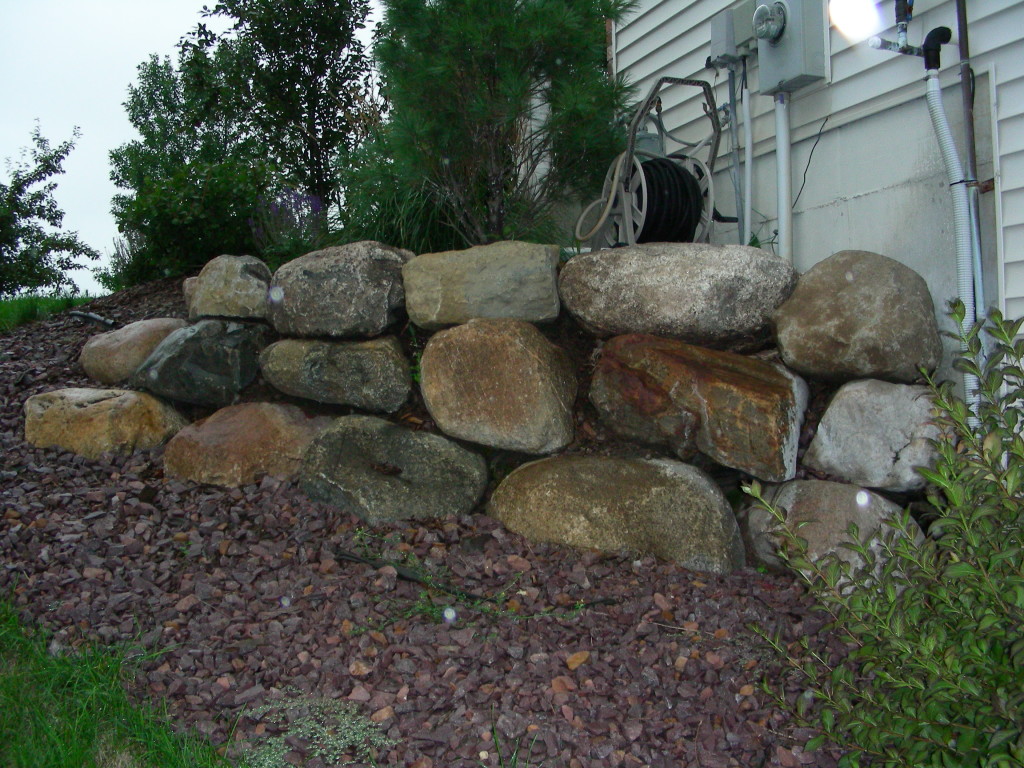
Following these tips will keep your yard and lawn looking great and will set you up for a great spring. If fall is a busy time of year for you, Great Goats Landscaping can lend a hand. Our team has experience creating tailored-made plans for your property to achieve your landscaping goals.
The time and effort you put into your yard now will pay off in the spring so give us a call today!
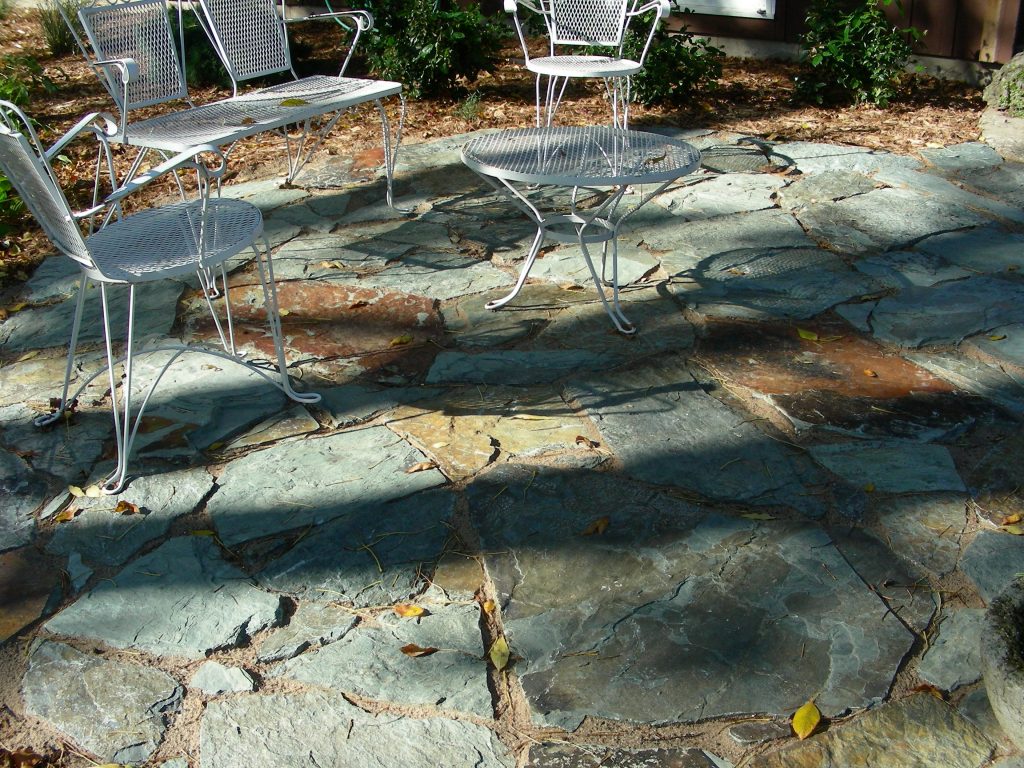
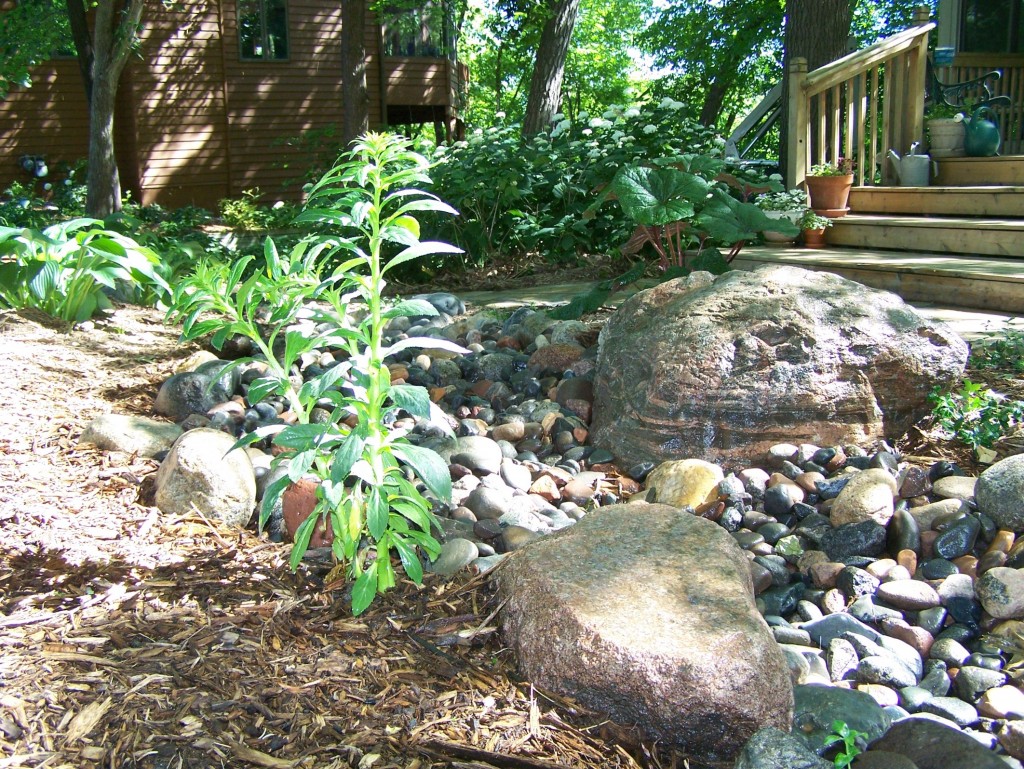
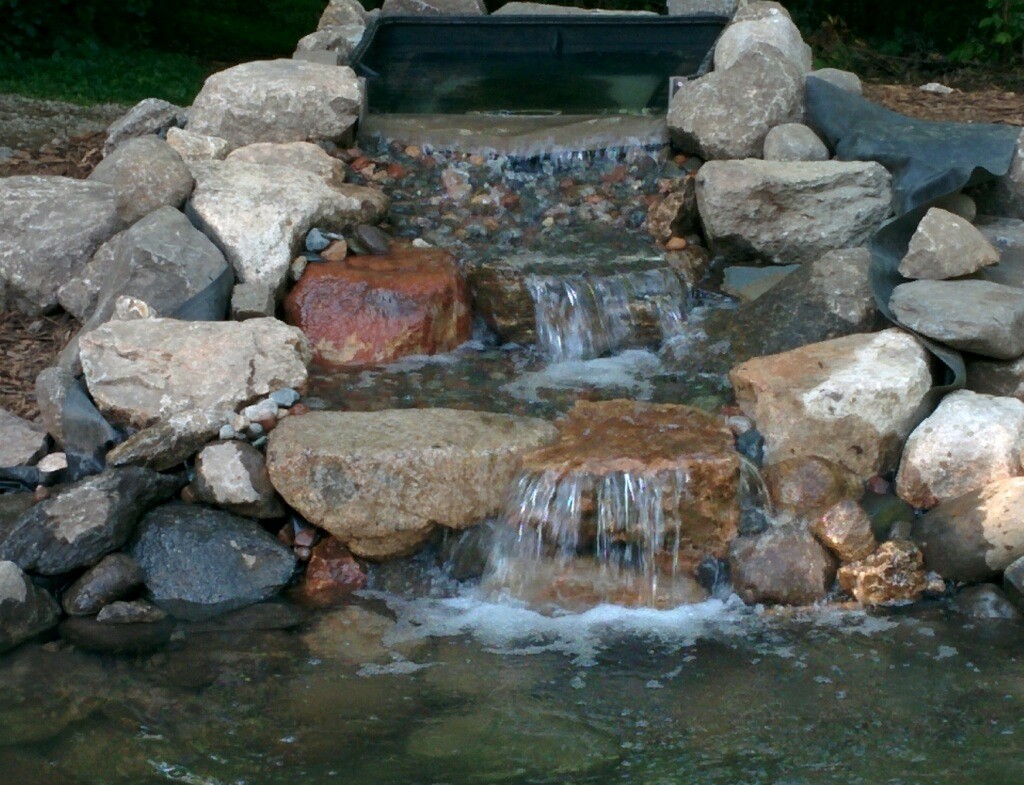
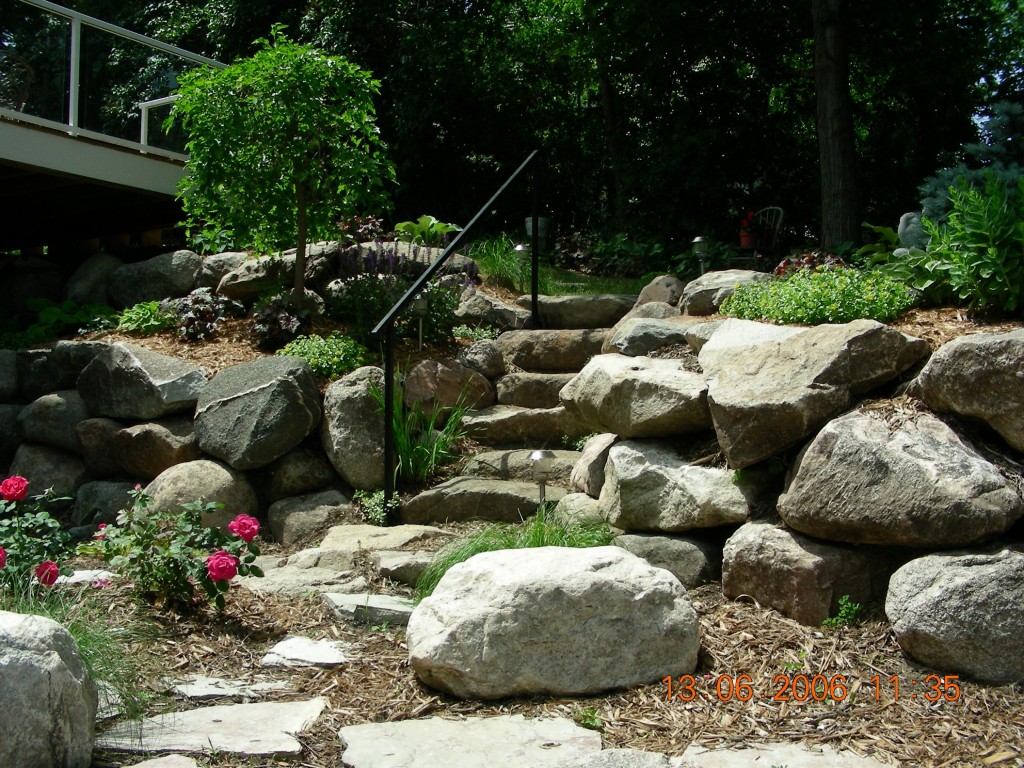
 Contact 612-483-GOAT
Contact 612-483-GOAT